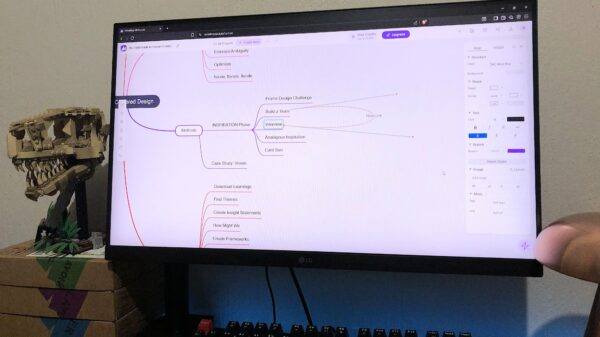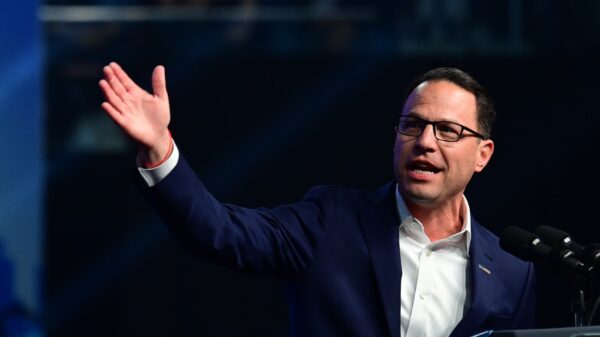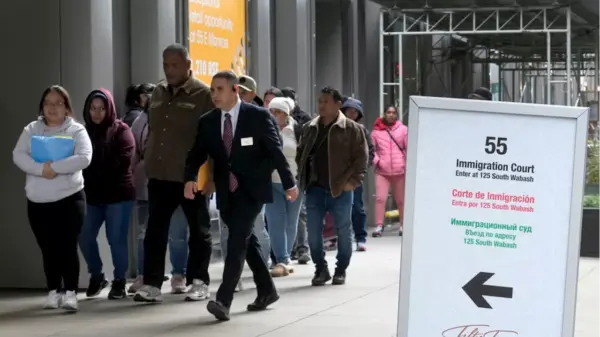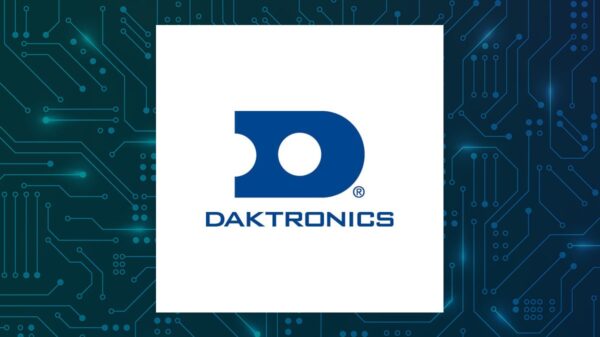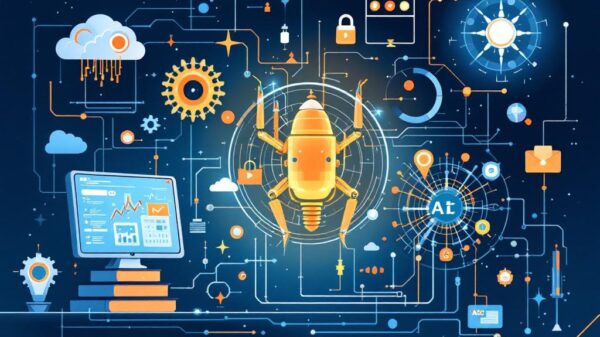The integration of artificial intelligence (AI) into the workforce has become a pressing issue for companies across various sectors. Doug McMillon, CEO of Walmart, recently spoke at a Harvard Business Review event, emphasizing the company’s commitment to adapting its workforce in light of AI advancements. Rather than viewing AI solely as a threat, McMillon aims to ensure that employees are supported as their roles evolve with technological changes.
McMillon acknowledged the transformative impact of AI, stating, “Every job we’ve got is going to change in some way — whether it’s getting the shopping carts off the parking lot, or the way our technologists work, or certainly the way leadership roles change.” As the retail giant navigates these changes, Walmart plans to enhance employee training through its Walmart Academies. These programs aim to familiarize workers with AI tools, promoting engagement and adaptation within their roles. McMillon expressed optimism, predicting that AI will not only replace jobs but also create new opportunities.
While McMillon is hopeful, the broader landscape of AI in the workplace presents significant challenges. According to the World Economic Forum, AI is expected to create approximately 170 million jobs globally over the next decade. However, this growth comes with the downside of about 92 million jobs being displaced due to automation. Furthermore, the 2025 Future of Jobs Report indicates that around 40% of employers are considering workforce reductions in favor of AI solutions.
The evolving job market necessitates a shift in skillsets for remaining positions, which could make employment more competitive. As automation becomes more prevalent, workers may need to adapt to new technologies and develop skills that align with AI-driven environments.
Walmart is not alone in its pursuit of AI integration. Michael Fiddelke, the new CEO of Target, has also expressed enthusiasm for leveraging AI to enhance customer experiences and streamline operations. He has identified manual tasks that could benefit from automation, suggesting that job losses may accompany these advancements.
In a different sector, Strauss Zelnick, CEO of Take-Two Interactive, has voiced a contrasting perspective. He believes that AI could potentially increase employment opportunities in video game development. While he recognizes AI’s limitations in creativity, he remains optimistic about its role in enhancing the industry.
As companies across the globe experiment with AI, concerns about job displacement continue to grow. The urgency to balance technological advancement with workforce stability is evident. While the potential for AI to create new roles exists, the transition must be managed carefully to mitigate negative impacts on employment.
The push for AI adoption raises critical questions about the future of work. Whether companies can successfully integrate AI while protecting their workforce remains to be seen. The hope is that the ongoing dialogue among industry leaders like McMillon, Fiddelke, and Zelnick will lead to positive outcomes as society navigates this technological transformation.





